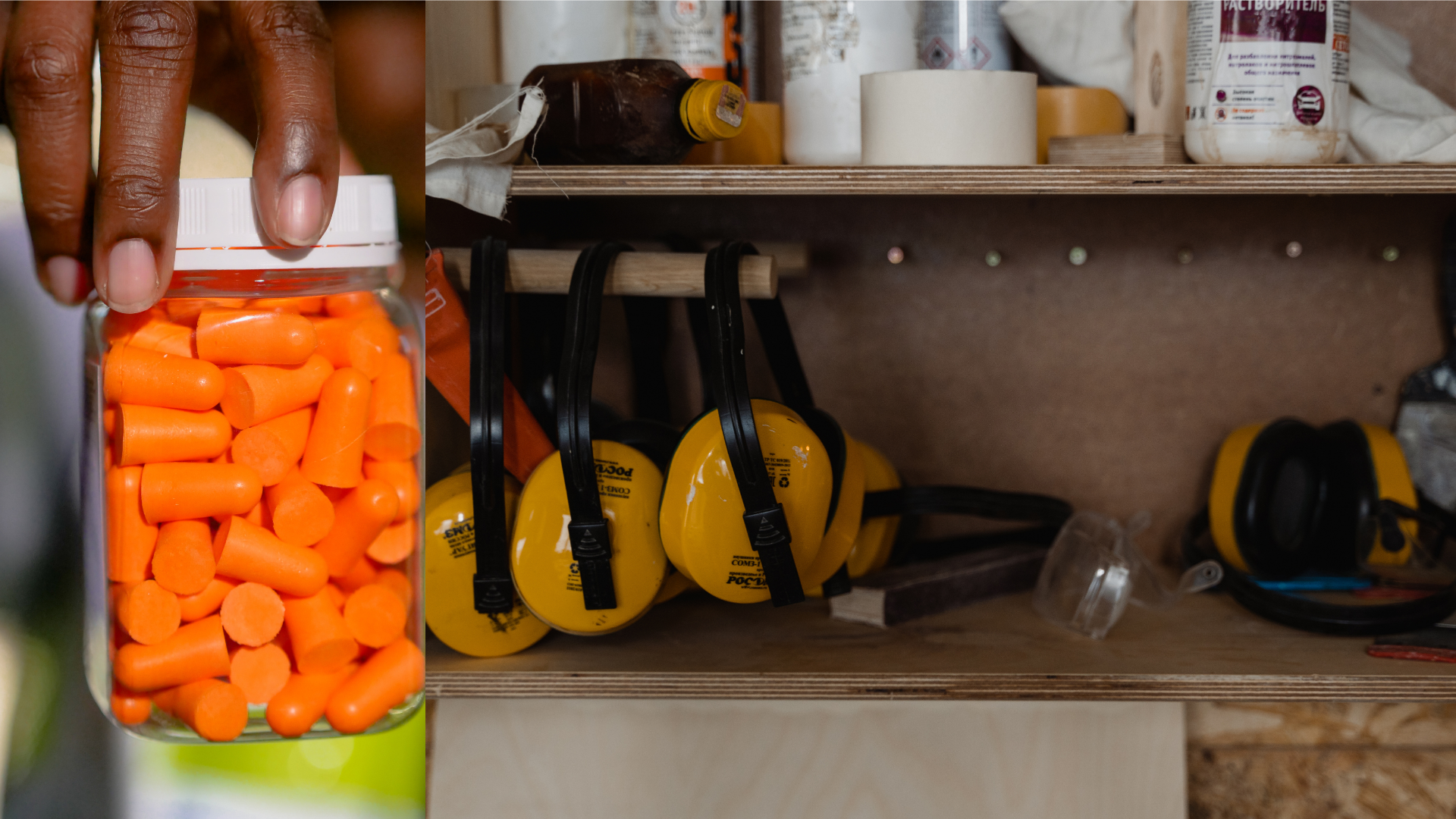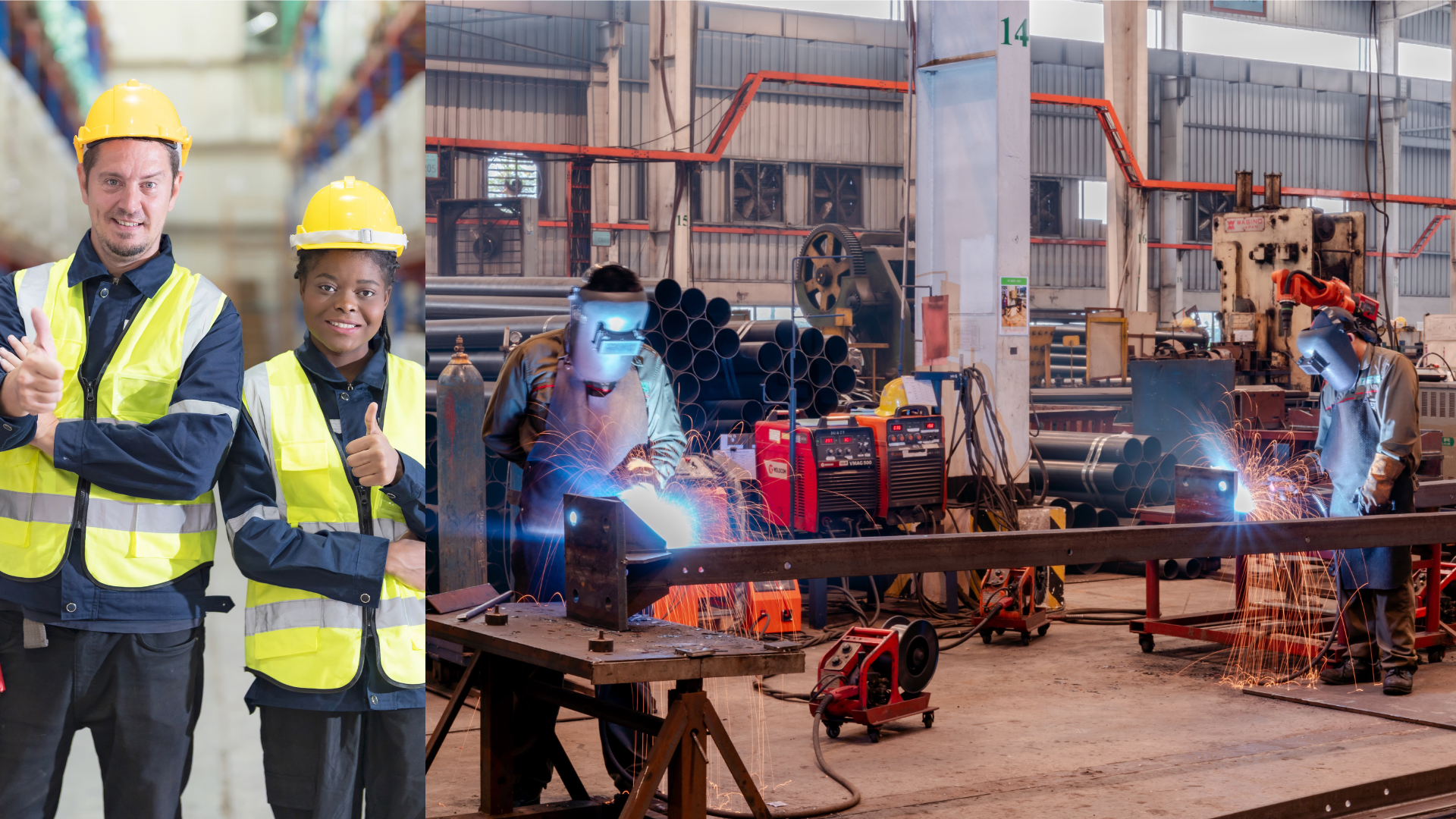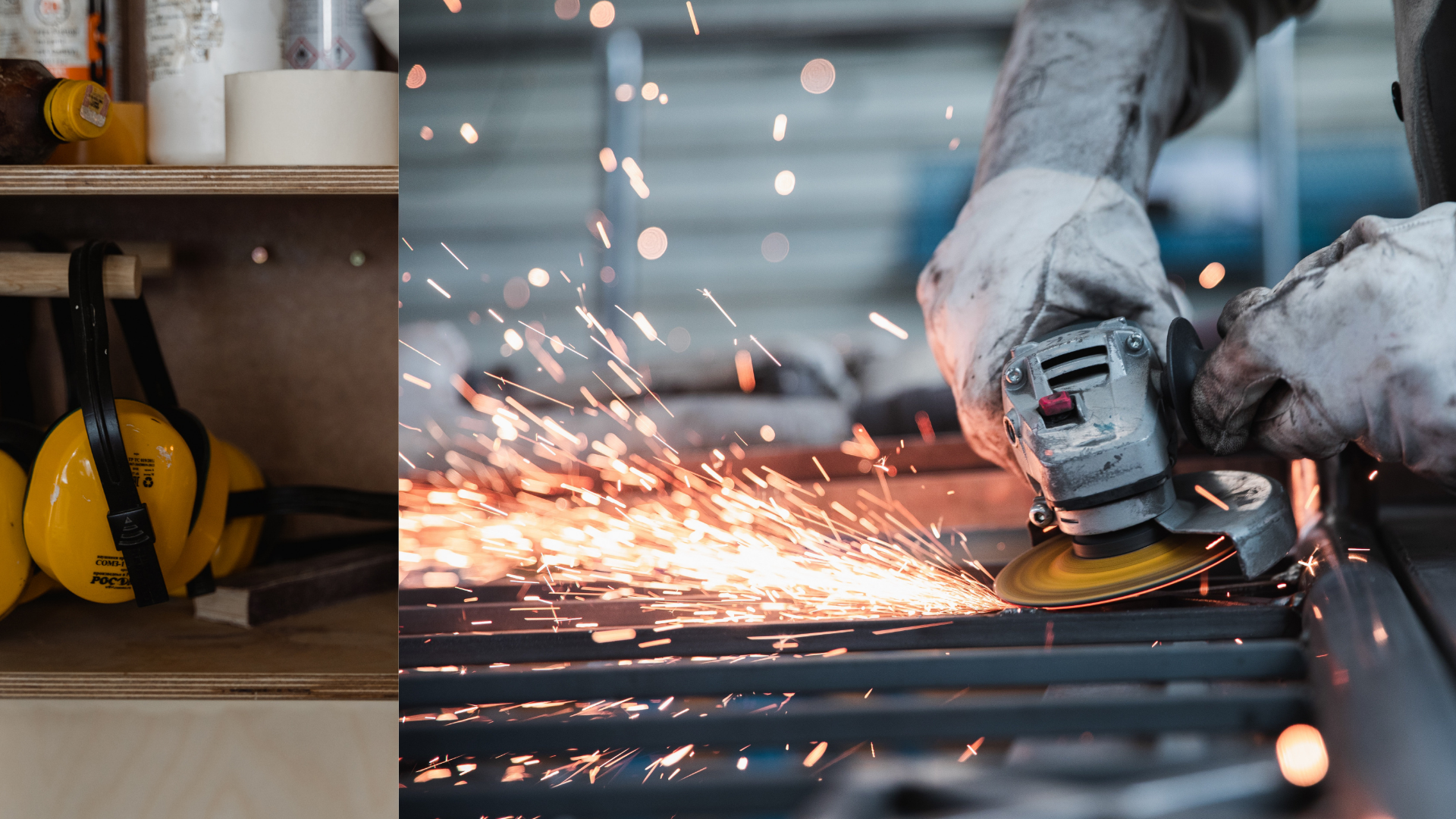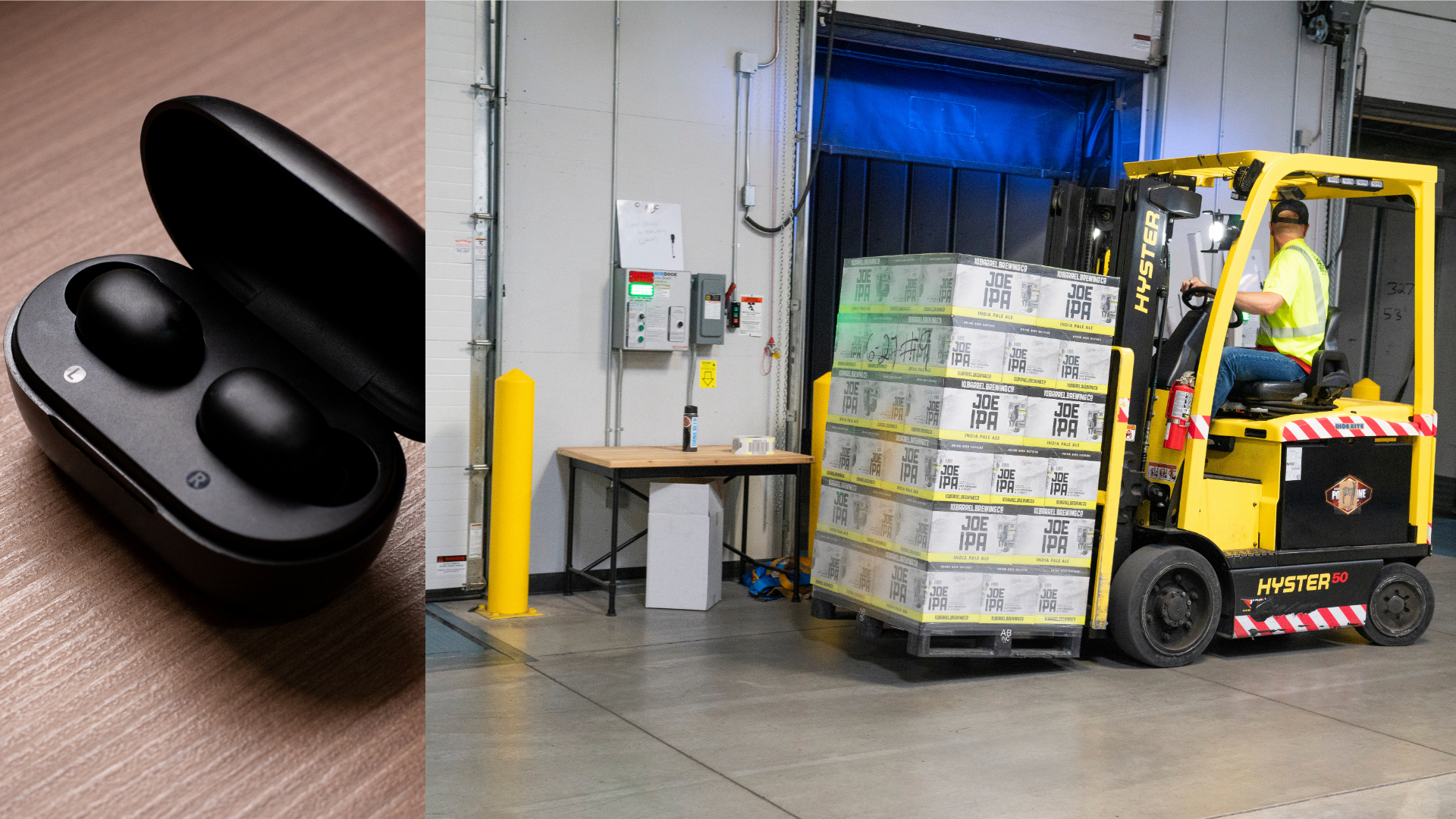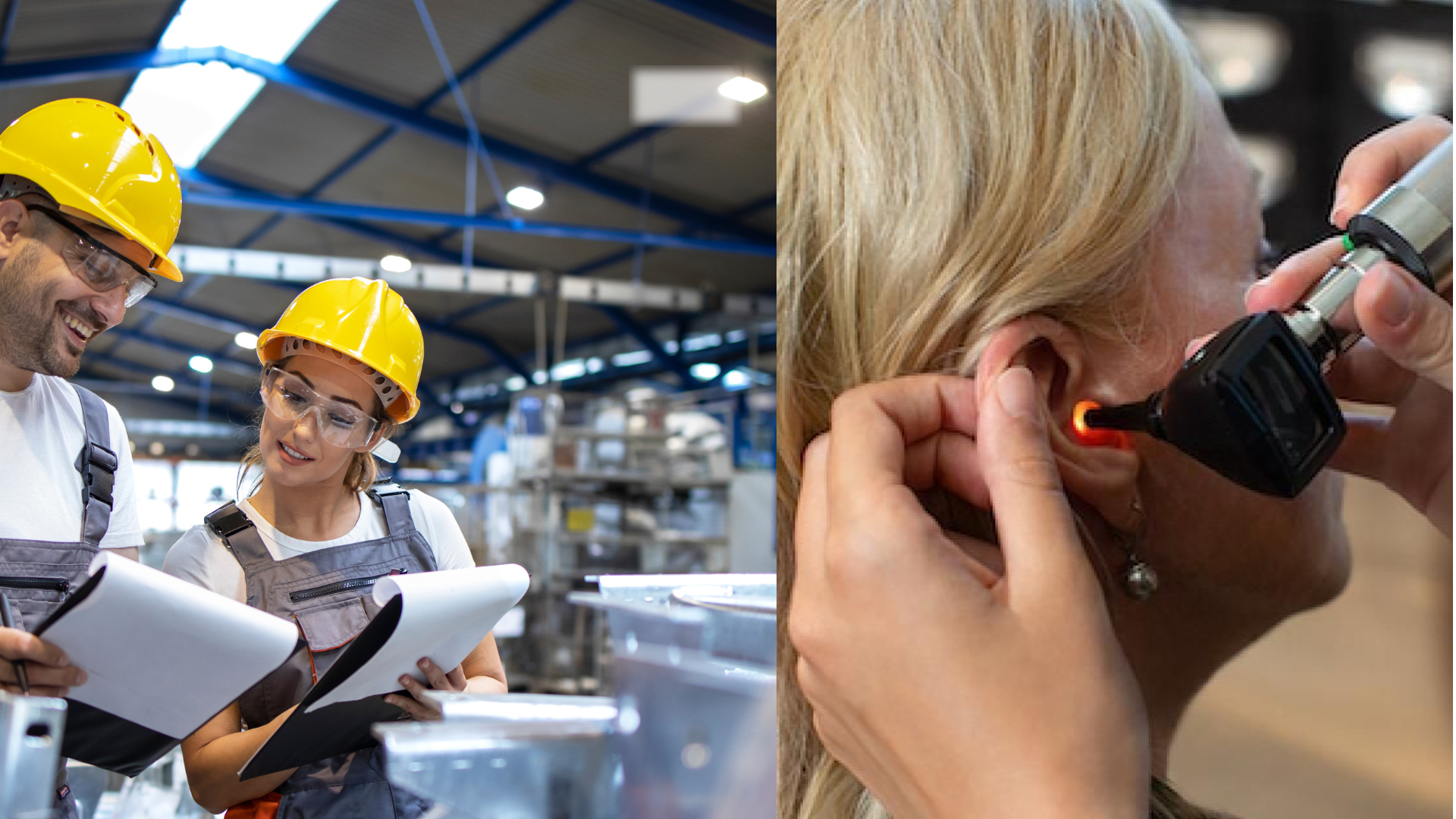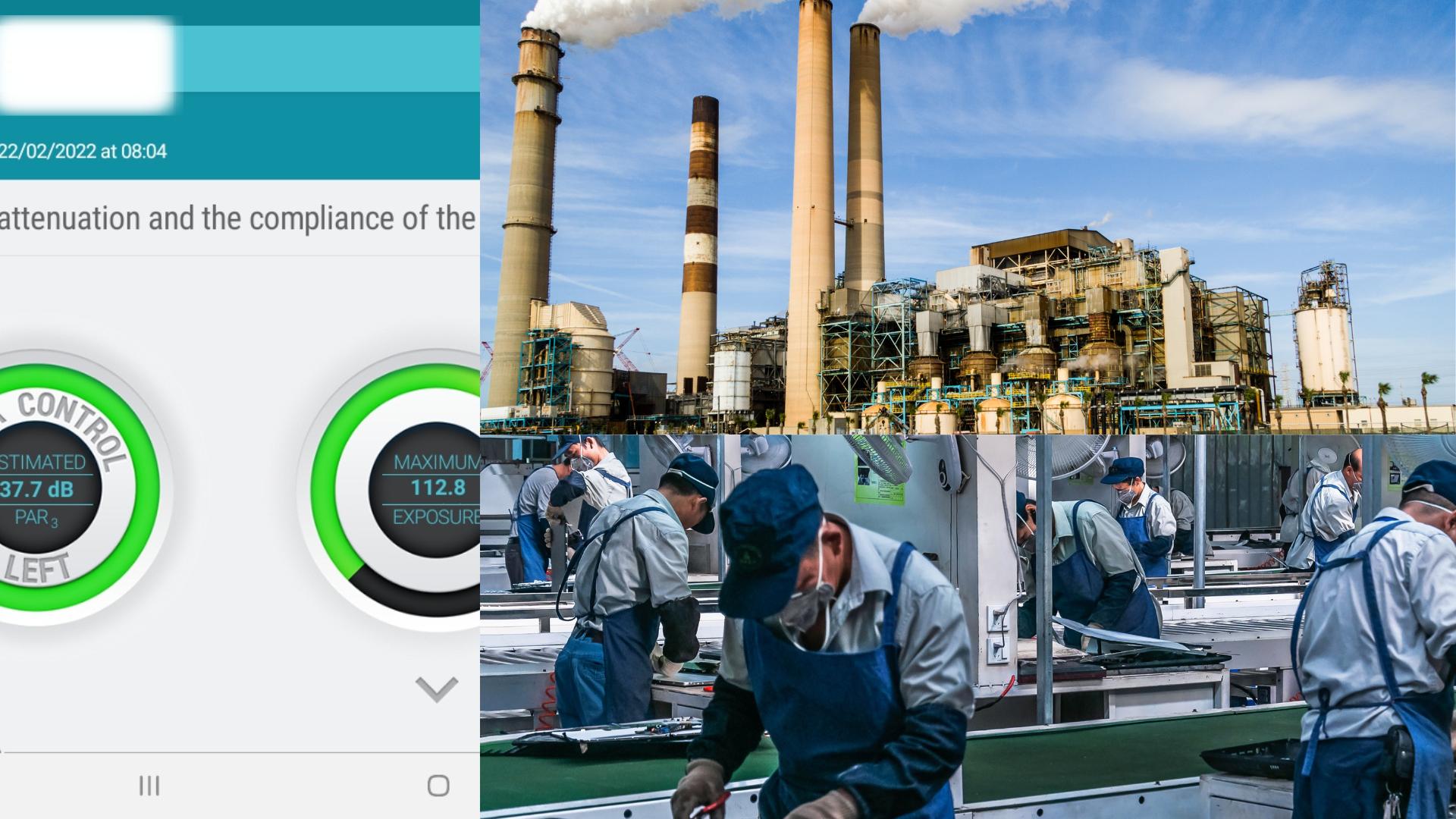Occupational Hearing Hazards
Every day, we engage with a world full of noises, and it’s getting louder. Loud sounds aren’t just a nuisance, they have serious consequences for your hearing and your overall health. Noise-related hearing loss is the leading cause of permanent hearing damage, usually occurring gradually as incremental damage is done to our hearing when it is exposed to hazardous noise levels.
In a busy modern lifestyle, it’s important to understand when a loud sound is too loud and to know how to protect yourself from permanent hearing loss. Knowing what noise thresholds are is especially important if you work at a noisy workplace. Occupational hearing loss is unfortunately very common, despite OSHA worker safety standards for hearing protection. Loud working environments practically guarantee you will be regularly exposed to sound levels that can leave a permanent mark if you aren’t careful. Here are a few things to consider at your workplace.
How Hazardous Noise Hurts Our Hearing
Human hearing relies on delicate cellular sensors that are positioned in the inner ear. These hair cells are attuned to detecting sound waves with nuance and accuracy, but they are also one of our body’s most precious resources. If a hair cell becomes damaged it doesn’t have a way to repair itself and becomes permanently out-of-commission. Each hair cell we lose means we hear slightly less incoming sound – when we lose a significant amount of hair cells, we experience the symptoms of hearing loss.
Many things can damage hair cells – infections, some medications, even bad circulation can cause harm to them. Most common however is exposure to noisy extremes. Loud noises stretch these tiny cells beyond their limit and like an overstretched spring, they are unable to bounce back.
What Is Too Loud?
Interestingly, we can experience some loud noises for a limited amount of time without causing permanent harm to our hearing. Researchers have developed thresholds for loud sounds- the timed amount of exposure to a decibel level that can be tolerated without permanent hearing damage occurring. For human hearing, hazardous occupational noise begins at sound levels around 85 dB. At 85 dB, about the sound of a vacuum cleaner, our hearing can withstand 8 hours of exposure until hearing damage is sustained.
Because 8 hours is a standard work day, 85 dB is also the starting level where OSHA requires workers to be provided with hearing protection. However, it is important to note that some occupational noise levels are much louder – and much more capable of producing hearing damage. At 10 decibels louder, 95 dB, noise exposure time is reduced eightfold. A lawnmower operates at around 95 dB and at that noise level, hearing damage can occur in just 1 hour. Volume at an average sporting event or rock concert often reaches 105 dB. At this volume, hearing is affected in under 15 minutes.
Another important sound threshold to recognize is 120 decibels, about the volume of an ambulance siren, which causes hearing damage in a matter of a few seconds. Sounds above 120 dB are unsafe at any length of exposure and at around 130 dB cause physical pain to the ear. If your job exposes you to sounds at 85 dB or louder it’s important to understand the risks these sounds have to your hearing and to wear the appropriate ear protection.
Hearing Harm Reduction
It is important to remember that while our hearing is resilient, our ears do need a recovery period after being subjected to loud noise. If your workplace exposes you to hazardous noise levels, buffer your workday with quiet periods and try to spend your on the job breaktime as quietly as possible.
Many people are unsure of what kind of noise levels their workplace involves, but the solution can be as close as your pocket. A variety of simple decibel-reading apps are available for smartphones and mobile devices that can read sound levels and let you know when you are being exposed to hazardously loud noise.
If you are concerned about your occupational noise exposure, stay on top of your hearing health with Anadyne. At Anadyne, we’re focused on helping you hear by providing the best in hearing protection. We’ll test your hearing , and help you determine what kind of hearing protection you need to keep your ears safe. Our custom fit hearing protection will save your hearing, and build safety into your work and home life. From musicians’ earpieces to high quality digital devices that will eliminate harmful sounds but still let you communicate with your coworkers, we have a wide selection of hearing protection for all your hearing needs. To protect your hearing, visit us at Anadyne to discuss hearing protection options.
The post Occupational Hearing Hazards appeared first on Anadyne.

